By Ryan H. Flax
(Former) Managing Director, Litigation Consulting
A2L Consulting
Edit: see post-verdict follow-up article here.
In the Apple v. Samsung trial, the outcome will be the result of good storytelling and demonstrative evidence, not necessarily the best legal case.
Over the last few weeks, Apple Inc. and Samsung Electronics Co. Ltd. have viciously fought over patent infringement and other claims (see Apple's complaint and Samsung's answer [pdfs]), both in the courtroom and in the forum of public opinion. The case is steeped in patent law and relates to the alleged infringement and invalidity of utility and design patents. But, it won’t likely be the legal details or attorneys’ satisfaction of the various prongs of proving direct infringement or obviousness invalidity that will change the future of smartphone and tablet computer technology purchasing options for the foreseeable future.
Yesterday, after closing arguments, the jurors were given their instructions by U.S. District Court Judge Lucy Koh on the legal nuances of patent infringement and validity, trade dress, contracts, and antitrust law – this took over two hours and covered 109 (yes, that’s one hundred nine) pages of text jury instructions – and then sent them away to the jury room to decide the fate of Apple, Samsung, and the American technology consumer. I’m sure that the jurors listened attentively to those instructions, but it took me most of a semester of law school to fully understand just some of those legal issues, and I respectfully doubt that those jurors are competently ready to decide the case based on the law.
 What they will do is base their ultimate decision on their sense of justice and upon their emotions. Those jurors brought their sense of justice with them to the court on the first day of jury selection, and their emotions have been played by plaintiff and defense counsel over the course of the trial. Remember, Lady Justice wields a sword for a reason – if you’ve done something wrong, you should pay and that’s what either Apple or Samsung will be held to do based on which side’s story was more moving and convincing during the trial.
What they will do is base their ultimate decision on their sense of justice and upon their emotions. Those jurors brought their sense of justice with them to the court on the first day of jury selection, and their emotions have been played by plaintiff and defense counsel over the course of the trial. Remember, Lady Justice wields a sword for a reason – if you’ve done something wrong, you should pay and that’s what either Apple or Samsung will be held to do based on which side’s story was more moving and convincing during the trial.
Experts agree. According to Alexander Poltorak (CEO of the patent licensing and enforcement firm General Patent Corp.), “Juries tend to simplify the case. That's a natural tendency,” and “They want to figure out who is the bad guy here and let's punish them.” See also our article on demonstrative evidence and the opening statement.

Complicated Cases Call for Great Demonstrative Evidence
Bill Panagos (of Butzel Long) called this case “extremely difficult” and a “complicated picture of intellectual property.” He went on to explain that, “juries tend to do what they think is fair or right” and “it depends now on the story that they heard from each of the attorneys -- which one of those attorneys was able to tell the story in a way that the jury understands or believes them more than they understand and believe the other side.”
Even Judge Koh expressly and publicly identified this case as a “coin toss” and urged the parties to settle the case before a verdict. The Judge went further, “I am worried we might have a seriously confused jury here,” and “I have trouble understanding this, and I have spent a little more time with this than they have,” and finally, “It's so complex, and there are so many pieces here.”
This underscores the importance of telling a convincing and persuasive story in court. Jurors want to reach the right result, so how do you help them do it?
Litigators must be as effective at storytelling as possible at trial and to do so, jurors must be reached on an emotional level. To do this, litigators should test their story and theme with mock jurors in preparation for trial and take time to develop effective trial graphics. With effective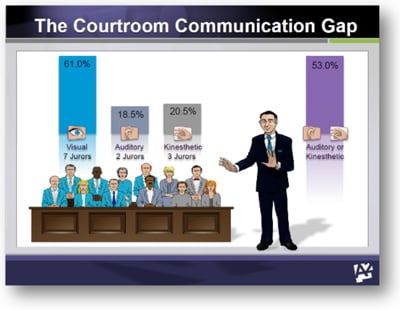 demonstrative evidence, also known as litigation graphics, attorneys can teach and argue from their comfort-zone – by lecturing, but the carefully crafted graphics will provide the jurors what they need to really understand what’s being argued and give them a chance to agree. Most people (remember, jurors are people) are visual learners and do most of their “learning” by watching television or surfing the internet. In court, litigators must play on this battlefield and with the appropriate weapons.
demonstrative evidence, also known as litigation graphics, attorneys can teach and argue from their comfort-zone – by lecturing, but the carefully crafted graphics will provide the jurors what they need to really understand what’s being argued and give them a chance to agree. Most people (remember, jurors are people) are visual learners and do most of their “learning” by watching television or surfing the internet. In court, litigators must play on this battlefield and with the appropriate weapons.
Using the Right Demonstrative Evidence the Right Way
In a study, attorneys dramatically improved their persuasiveness when “jurors” were immersed in graphics, meaning the attorneys always gave them something to see while presenting an argument. Immersed jurors were better prepared on the subject matter, felt it was more important, paid more attention, comprehended better, and retained more information. This is your goal as a litigator – to capture the jurors’ attention and coax them onto your side.
Here’s a sample graphic used at trial by Apple: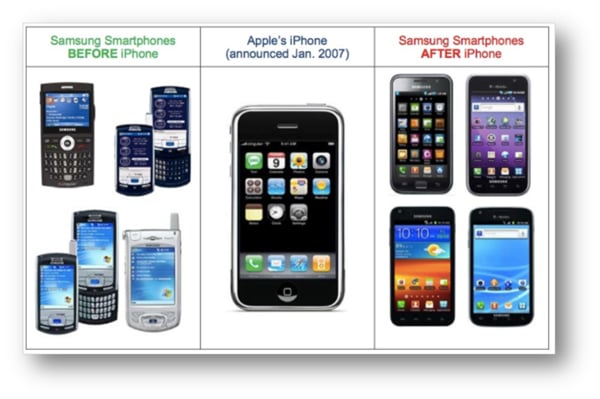
The obvious goal of this graphic was to tell a visual story showing how Apple’s iPhone design was the pivot point for Samsung’s own mobile phone design in a simple “before and after” format.
I’d say this is a fairly effective graphic. It simplifies a complex issue and makes a dramatic point.
Samsung countered with its own trial graphic, as follows: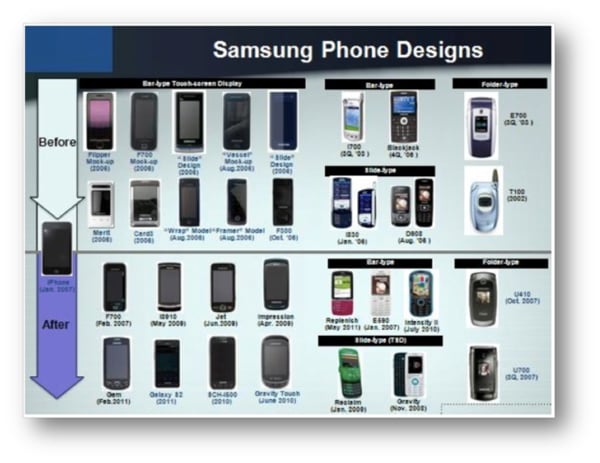
The purpose of this graphic was to showcase Samsung’s own innovative, but still iPhone-like designs over the years, both preceding Apple’s product release and following it.
This graphic certainly has a lot of information, but it’s not quite as clear and understandable as Apple’s demonstrative evidence above. The jurors’ understanding of this graphic will have depended more on the attorney’s accompanying argument, which is not really the goal of trial graphics.
Here are some more interesting graphics used by Apple’s counsel. This first trial graphic accompanied Apple’s argument as to how Samsung’s user interface infringed Apple’s design patent on icons.![]() It is another effective graphic. It’s clear and fairly convincing on its own, without any explanation.
It is another effective graphic. It’s clear and fairly convincing on its own, without any explanation.
Apple also used this demonstrative evidence trial graphic below to explain that, while Samsung designed an infringing user interface, there are a variety of other ways of making an icon-based mobile device interface. Apple showed examples of “non-infringing” alternatives that Samsung did not use.![]() I’m not so sure about this one. Sure, there may be differences between these designs and those used in the iPhone or Galaxy devices, but I’m not sure this makes a very convincing argument that Apple’s design is so special.
I’m not so sure about this one. Sure, there may be differences between these designs and those used in the iPhone or Galaxy devices, but I’m not sure this makes a very convincing argument that Apple’s design is so special.
If the parties hold out for a jury verdict, it will be interesting to see which side told a better story here. If the jury believes influence over an industry is illegal infringement, Apple will win. If the jury believes Apple’s designs are just the basic building blocks or “grammar and language” (so to speak) of mobile device design, Samsung will win.
Ryan Flax is the Managing Director of Litigation Consulting at A2L Consulting. He joined A2L after practicing as a patent litigator who contributed to more than $1 billion in successful outcomes.
Edit: see post-verdict follow-up article here.
Information related to Demonstrative Evidence & Intellectual Property Graphics on our site:
- What is Demonstrative Evidence?
- Download the Free Patent Litigation Trial Presentation E-Book
- Download The BIG Litigation Interactive E-Book
- Read articles related to Patent Litigation on our site
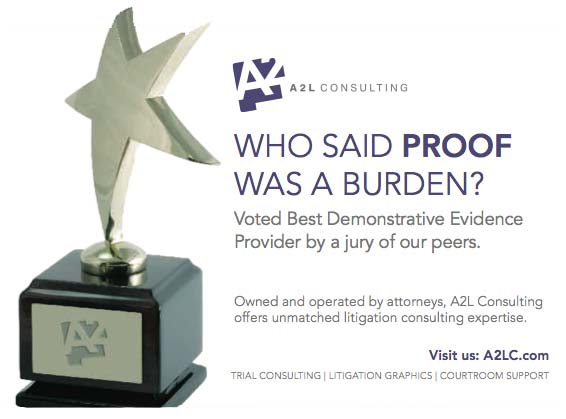


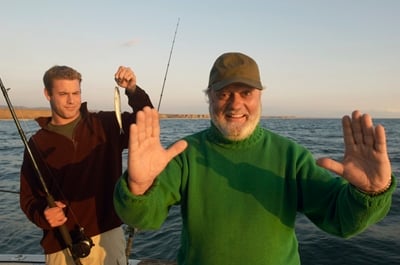


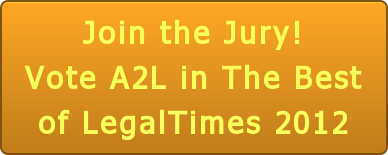

Leave a Comment